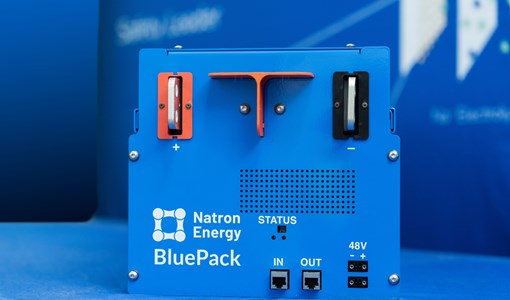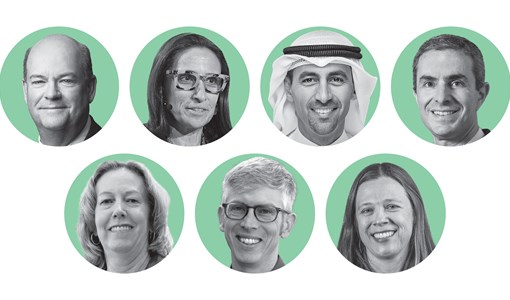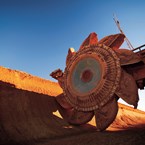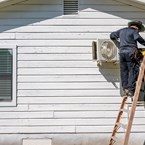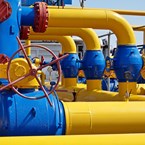America’s Corn Belt Bristles at $8 Billion Lifeline
(Bloomberg) -- When executives in 2021 announced plans to build the largest carbon capture-and-storage project in the world beneath the heart of the US grain belt, they thought the pitch was a compelling one. The venture, which soon gained the backing of energy billionaire Harold Hamm, would catch, transport and trap emissions from ethanol plants in the upper Midwest, allowing the corn industry to compete in lucrative new markets like low-carbon jet fuel.
It hasn’t gone as planned. After regulator pushback and vocal opposition from farmers who don’t want to be anywhere near a project they claim tramples on landowner rights, Summit Carbon Solutions has gone back to the drawing board to revise the pipeline’s path 6,300 times. The project’s expected start has been delayed until early 2026, two years later than initial projections, with the estimated cost nearly doubling to about $8 billion.
Part of the challenge in getting the project off the ground is its massive footprint. The proposed path would traverse five states — Iowa, Minnesota, Nebraska, South Dakota and ultimately North Dakota, where the carbon would be stored underground. If needed, it could move ahead without Nebraska and Minnesota, Summit says, but approvals from North Dakota, South Dakota and Iowa are all necessary to keep the project alive.
Regulators in Iowa and North Dakota are deliberating the project’s fate now, with Iowa — the country’s top corn state — expected to release its permit decision any day now. Even if they all give the green light, the company must then raise billions of dollars and add an additional 500 miles to the pipeline’s proposed route to accommodate new customers — an expensive undertaking since the company says costs have gone up about 30% in the years that it has been trying to get the project off the ground. And that’s only if it can fend off opposition from the very group the project pledges to benefit: the US corn farmer.

The debate comes as America’s corn industry nears a crucial pivot point. Although it is by far the world’s biggest grower of the staple grain, two of its key markets are at risk of shrinking. Long the top exporter of corn, the US has been losing ground against agricultural powerhouse, Brazil. At the same time, the rise of electric vehicles is poised to slash demand for ethanol-blended gasoline used to power cars. About 40% of US corn goes to supply domestic mills making ethanol for use as a transportation fuel.
That has the US corn industry looking for new buyers, including producers of sustainable aviation fuel, or SAF, a market still in its infancy but expected to rapidly grow this decade. But jet-fuel makers won’t use ethanol, just one of the possible ways to make SAF, unless the fuel’s so-called carbon intensity scores, or CI, go down. Low scores are key for securing potentially lucrative federal tax credits. Carbon capture and storage, or CCS, like the project Summit has proposed, is seen as crucial to slashing the ethanol industry’s rating. Many US plants aren’t able to do CCS on-site due to geological constraints, making such pipelines important, according to supporters.
Lowering CI will also be key to using ethanol for marine vessels, trucking, construction equipment and green chemicals, Renewable Fuels Association President Geoff Cooper told an industry gathering in California in February.
“We are going to have a decreasing market with the combustion engine; that’s clear,” said Bruce Rastetter, founder of Summit Agricultural Group, the sponsor company of the entity behind the project. “The pipeline is the most transformative thing I’ve ever worked on in my life because it so directly impacts agriculture and everything about it.”
But some corn farmers who are usually quite supportive of the ethanol industry aren’t convinced the company’s solution is the right one, especially after its initial approach toward landowners was viewed by some as too adversarial, or even bullying. Tensions have been especially high in South Dakota, which rejected Summit’s plan last year on the grounds it didn’t comply with county distance rules. Once Summit submits its new permit application, the state has up to a year to make a decision.
Summit Carbon’s top rival, the now defunct Navigator pipeline backed by BlackRock Inc., failed last year after grappling with similar opposition. Still, Navigator’s loss has been Summit’s gain: Refiner Valero Energy Corp. and Poet LLC, the world’s largest producer of the biofuel, signed onto Summit’s project after the other fell through. That’s one of the reasons Summit needs to expand its planned route, driving up costs.

Farmer Carol Kapperman and her husband in South Dakota’s Minnehaha County are among those who don’t welcome the planned pipeline. They were surprised last year when they received a contract for their land, even after the state had rejected the company’s initial permit. “The price offered is nowhere near the value of our land and kind of a slap in the face,” she said. “But I don’t care if they offer a million dollars — I don’t want it.”
Joy Hohn, a neighbor of Kapperman who also grows corn, has been against the pipeline from the start, citing safety worries. The heavy-handed push by Summit didn’t help.
“We definitely support ethanol, but this has made us start to think maybe we don’t want to continue to do so if the industry backs these types of projects,” said Hohn, a Republican, who says the fight against Summit has motivated her to run for a position in the state Senate. “There are other ways to get these lower carbon intensity scores instead of putting a hazardous pipeline underground against the will of landowners.” Summit has repeatedly said its pipeline is safe.
Both Rastetter and Summit Carbon Chief Executive Officer Lee Blank acknowledge the company made early mistakes with how it approached landowners. Since then, it has fired some people and taken a much more flexible approach. The company has also dispatched a team to South Dakota counties to work with property owners and find the best new routes. Over the five states, Summit has paid nearly $400 million for the right of way to their land, according to Rastetter.
Beyond state permits and skeptical landowners, the project’s biggest hurdle may just be time. Earlier this year, LanzaJet Inc. opened a $200 million facility in rural Georgia that will use as one of its inputs Brazilian sugarcane ethanol to make lower-polluting jet fuel.
That’s “a slap in the face to all of us here growing corn,” said Lance Lillibridge, farmer in east central Iowa who also raises soybeans, alfalfa and Red Angus cattle. “If this pipeline doesn’t happen, it will be very destructive to the Midwest. Other countries are going to do this, and if we don’t do it then we can’t compete with them. And if we can’t compete then, we can’t continue to be in business.”
©2024 Bloomberg L.P.
KEEPING THE ENERGY INDUSTRY CONNECTED
Subscribe to our newsletter and get the best of Energy Connects directly to your inbox each week.
By subscribing, you agree to the processing of your personal data by dmg events as described in the Privacy Policy.
More renewables news
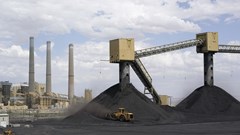
Biden Curbs on Power Plant Pollution Collide With Demand
Apr 25, 2024
South Korea’s Top Steelmaker Rethinks Battery Metal Investments
Apr 25, 2024
Korea Solar Maker Qcells to Shut Down Production in China
Apr 25, 2024
US Solar Makers Seek Additional Tariffs on Panel Imports From Asia
Apr 24, 2024
Enel Forced to Raise Coupons on $11 Billion of ESG Bonds
Apr 23, 2024
SunPower Slides After Disclosing Plans to Restate Earnings
Apr 23, 2024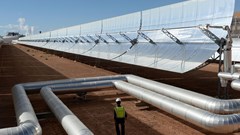
AFC Joins $20 Billion Morocco-to-UK Subsea Power Export Project
Apr 22, 2024
China’s Rapid Solar Growth Slows as Grid Seeks to Keep Pace
Apr 22, 2024
Europe Is Being Scorched and Flooded by Growing Climate Extremes
Apr 22, 2024
Biden Unveils Winners of $2 Billion in Green Tax Credits
Apr 19, 2024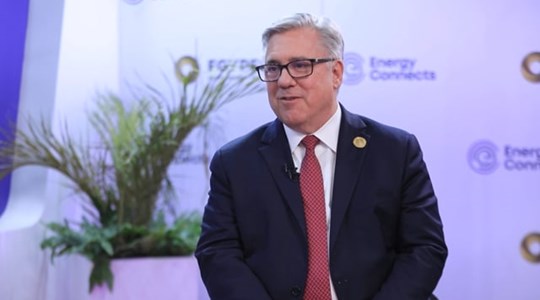
Chevron helping drive Egypt’s journey to become Africa’s energy powerhouse
Mar 11, 2024
Energy Workforce helps bridge the gender gap in the industry
Mar 08, 2024
EGYPES Climatech champion on a mission to combat climate change
Mar 04, 2024
Fertiglobe’s sustainability journey
Feb 29, 2024
P&O Maritime Logistics pushing for greater decarbonisation
Feb 27, 2024
India’s energy sector presents lucrative opportunities for global companies
Jan 31, 2024
Oil India charts the course to ambitious energy growth
Jan 25, 2024
Maritime sector is stepping up to the challenges of decarbonisation
Jan 08, 2024
COP28: turning transition challenges into clean energy opportunities
Dec 08, 2023
Why 2030 is a pivotal year in the race to net zero
Oct 26, 2023Partner content

Ebara Elliott Energy offers a range of products for a sustainable energy economy

Essar outlines how its CBM contribution is bolstering for India’s energy landscape

Positioning petrochemicals market in the emerging circular economy

Navigating markets and creating significant regional opportunities with Spectrum



